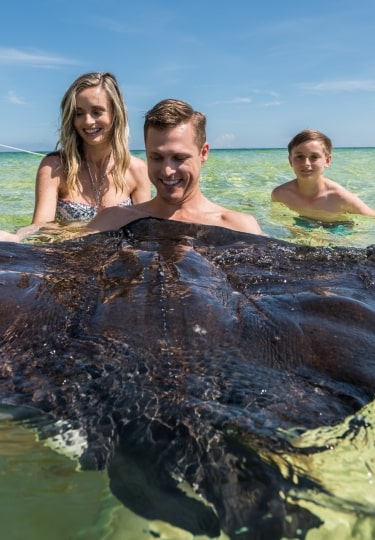Grand Cayman, while the largest of the three Cayman Islands, is a small place but is packed with attractions. From its famously clear waters to botanic gardens and historic buildings, you’ll never run out of things to do.
Many visitors come for the diving, but they stay for the food, shopping, and natural beauty on land as well as underwater. You can swim with stingrays, turtles and sharks, or walk among some of the last indigenous forests in the Caribbean.
The green turtle and blue iguana have both been brought back from near-extinction to thrive again. And if you fancy some sheer novelty, you can always go to Hell—and send a postcard home.
Here are the top 10 best things to do in Grand Cayman.
Feel the Buzz at Stingray City
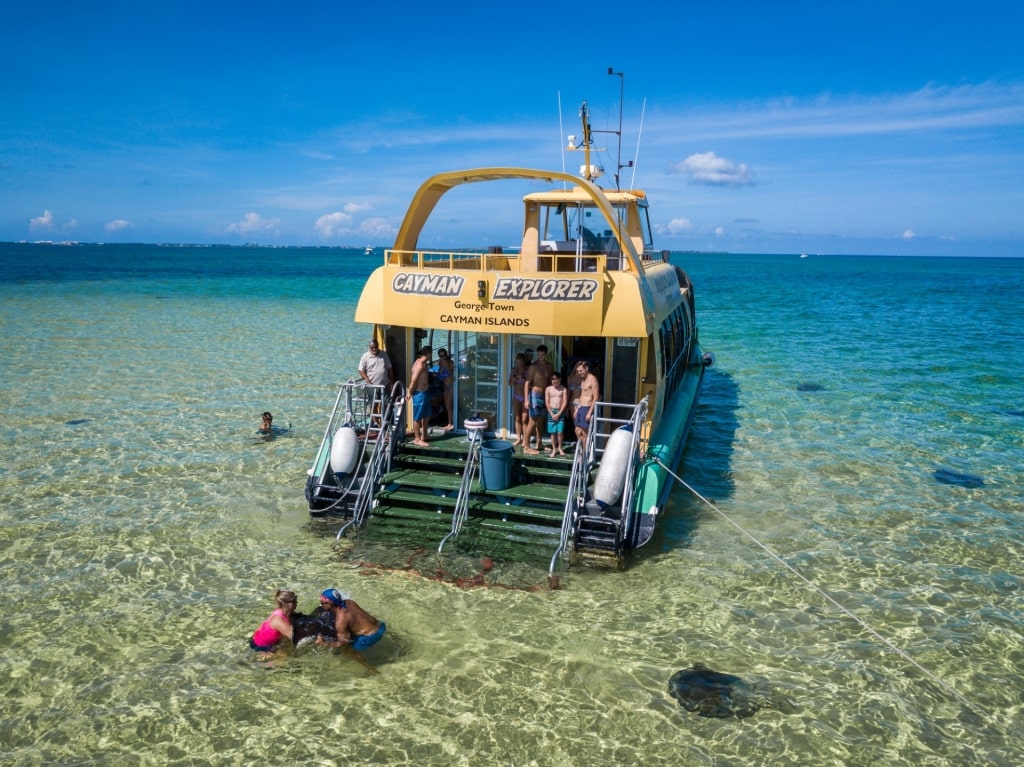
Stingray City
Standing in shallow water while stingrays circle around you, feeding on squid, may be one of the most thrilling things to do in the Caribbean. It really looks as if the stingrays enjoy it too.
Whether that thrill for them is the connection with our own species, or the knowledge that they are scaring us a little, is another matter. There certainly seems to be a mischievous grin on the faces of the 50 or so southern stingrays that gather here.
Stingray City started with local fishermen cleaning their catch in shallow waters off George Town harbor, mostly to avoid the insects on shore. This attracted rays and other fish to the area.
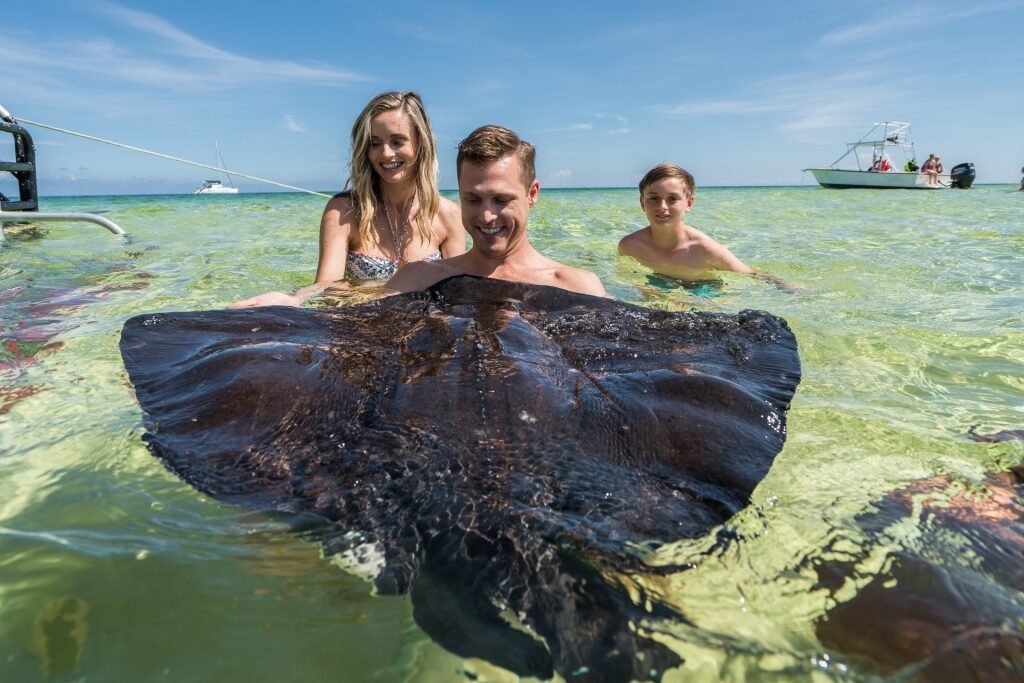
Stingray City
Eventually, the whole experience became something for everyone to enjoy. The sandbar is reached by boat but the water is only from three to four feet at its deepest, so suitable even for non-swimmers.
Divers can enjoy a deeper experience at a different site where the water depth is 15 feet. Having the stingrays swim around your head adds even more to the thrill.
Explore the Five Miles of Seven Mile Beach
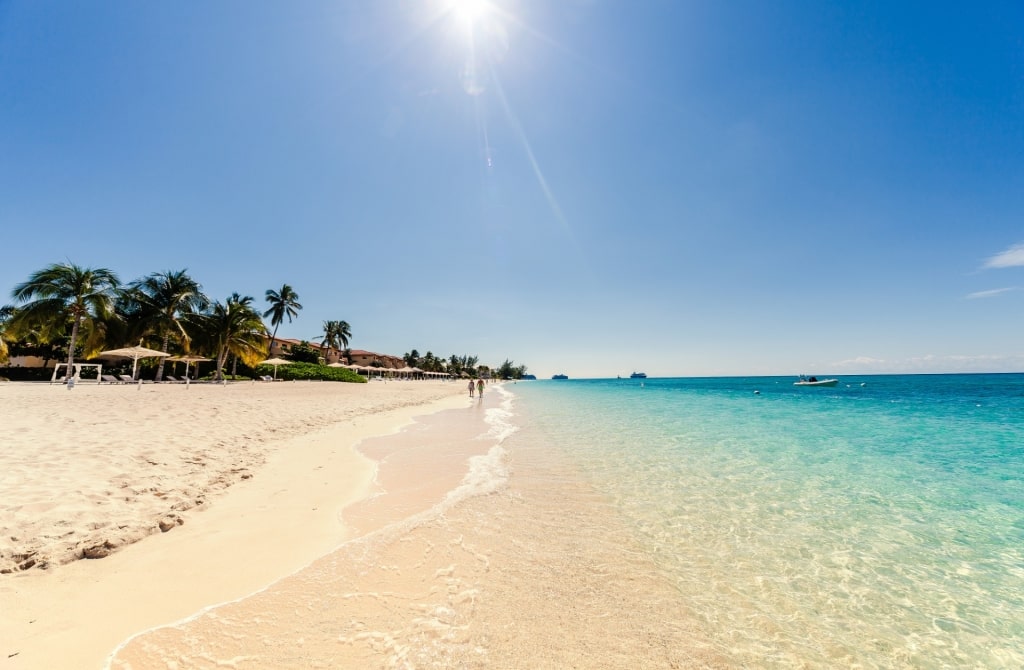
Seven Mile Beach
Often among lists of the best beaches in the Caribbean—and the world—this long stretch of powdery white sand has it all. From good restaurants and bars, to watersports and warm, blue waters, you’ll find something to fill the day.
If there’s any bad news, it’s that the beach is only just over five miles long, but that’s still more than enough sand for one visit. Enough to attract plenty of top hotels, cool bars serving up Caribbean cocktails and some seriously good shopping, anyway.
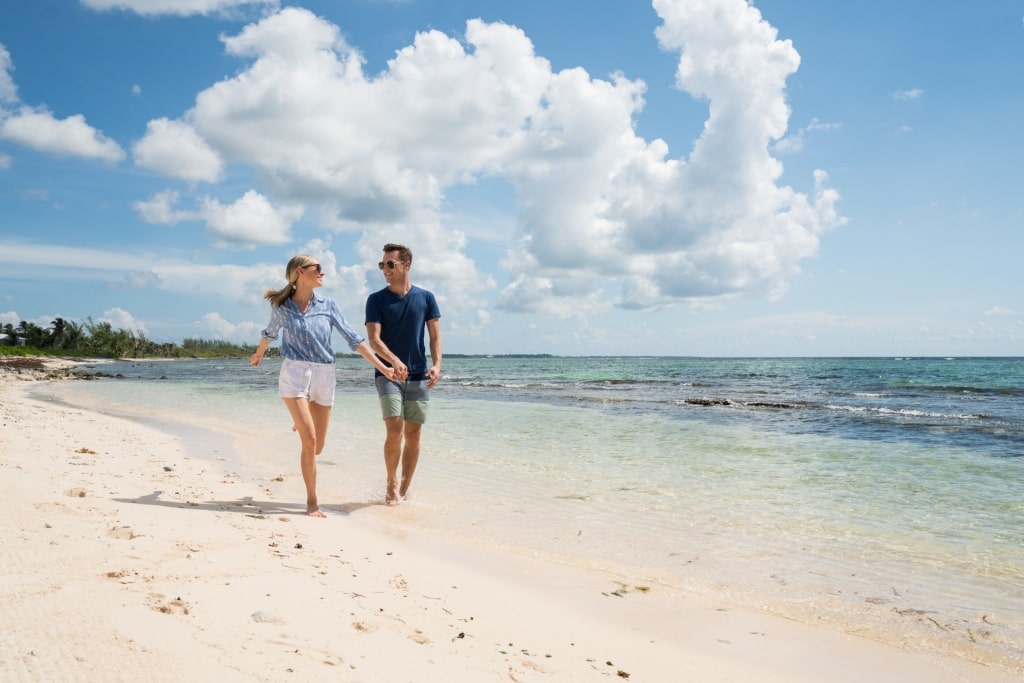
Seven Mile Beach
For an ultimate outdoor vacation, you can swim, snorkel, kayak, paddle board, or kite-surf. Book yourself a helicopter or boat tour, or just go fishing for marlin or mahi-mahi.
For something less seawater-based, you can choose from golfing, yoga, spas, or tennis, or take a stroll on the white sand beach. If you get as far as the southern end of the beach and want to cool off, head just inland to the Cayman National Gallery. Filled with works from local artists, the gallery has a lovely sculpture garden and café.
Read: Best Beaches in Grand Cayman
Touch a Turtle at Cayman Turtle Centre
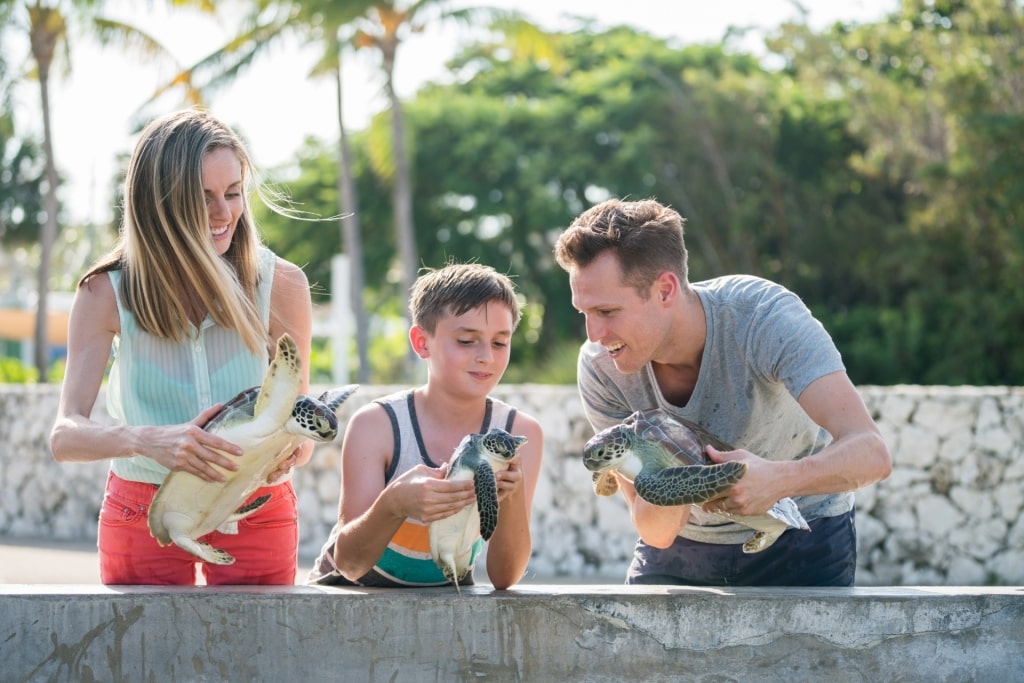
Cayman Turtle Centre
When Columbus first saw these islands in 1503, he called them Las Tortugas because of the number of turtles he saw.
However, fishing nearly wiped out the species until this center, one of the best Grand Cayman attractions, was established in the 1960s to help bring them back from the edge.
Green sea turtles (Chelonia mydas) are unique among sea turtles in that they are almost exclusively herbivores, eating seagrass, algae and other plants. They get their name from the resulting greenish tint in their body fat.
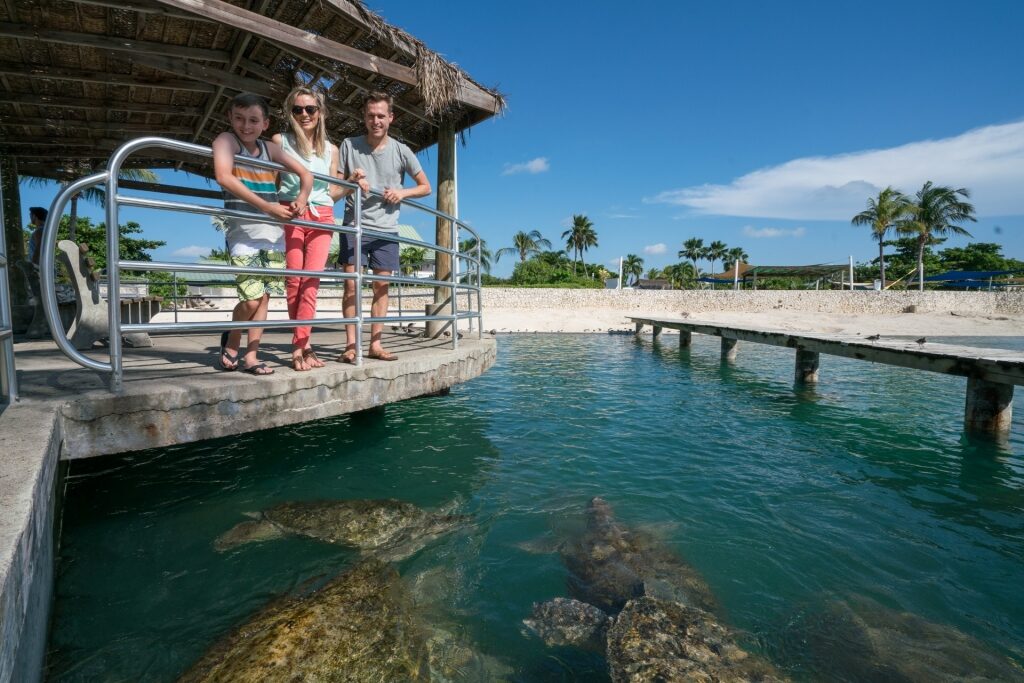
Cayman Turtle Centre
The ponds at the center now hold hundreds of turtles, with the oldest and largest weighing up to 500 pounds. These breeders hold the key to increasing the population, with the result being the hundred of cute yearlings you can see—and touch.
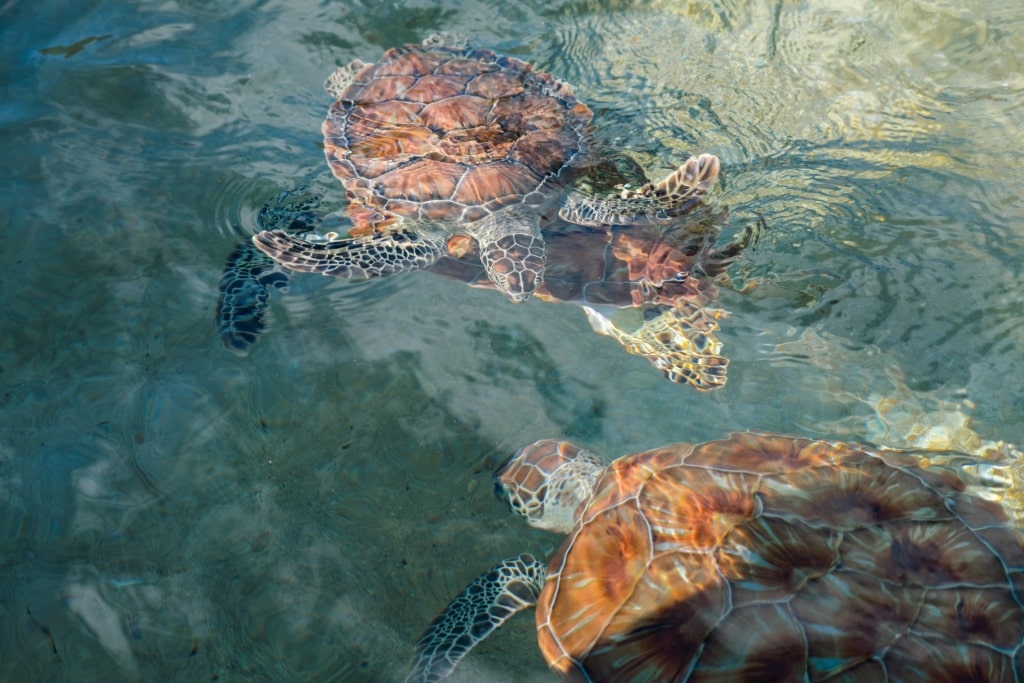
Cayman Turtle Centre
If you want to get even closer, you can snorkel with turtles in a coral-filled lagoon. The Predator Reef aquarium also has sharks, tarpon, and barracuda to see through a large viewing window.
A final treat is the Caribbean Aviary, filled with species such as the scarlet ibis, red-legged honeycreeper, and Cayman parrot—the national bird. A gift shop helps the work of the center, which has released thousands of turtles into the wild.
Climb the Highest Point on Grand Cayman
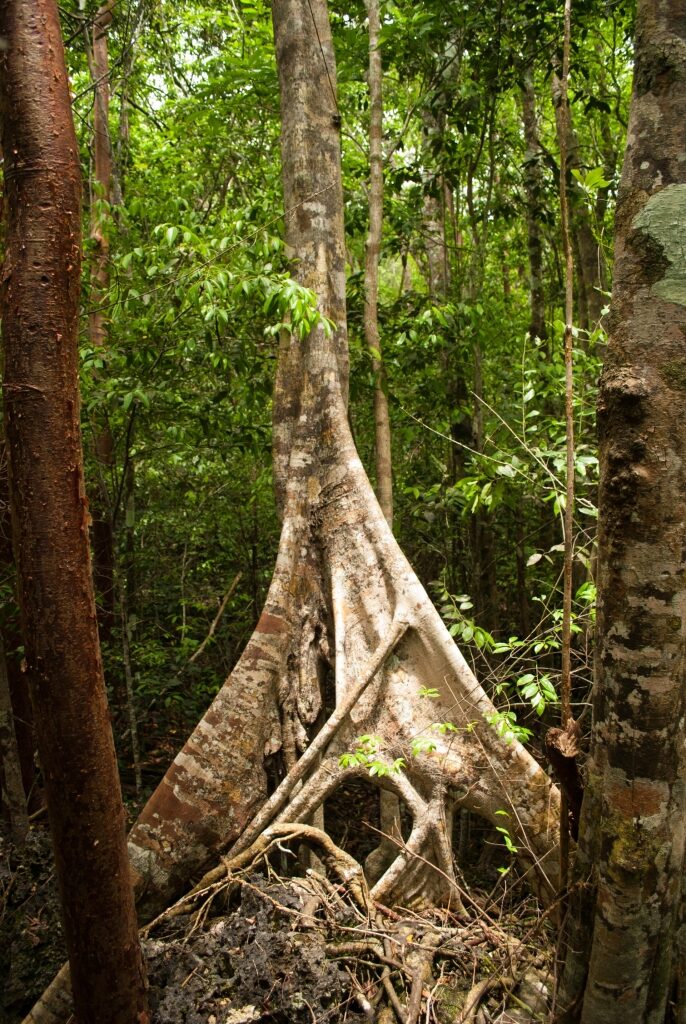
Mastic Trail
It’s easy to become fixated on Cayman’s amazing coastline and forget how wild some of its interior still is. The Mastic Trail is a walk through tropical forest, filled with indigenous flora and fauna, that takes you to the highest point of this Western Caribbean island.
Now, before you get too worried, that highest point is only 60 feet high and the Mastic Trail is barely two miles long. Still, it’s a rugged path and the Caribbean heat and forest humidity will add to the effort involved.
The reward, apart from mountaineering boasting rights, is the sight of 200-year-old trees, and some 400 native plants. There are about 100 species of trees in total, including those once logged for ship masts that give the trail its name.
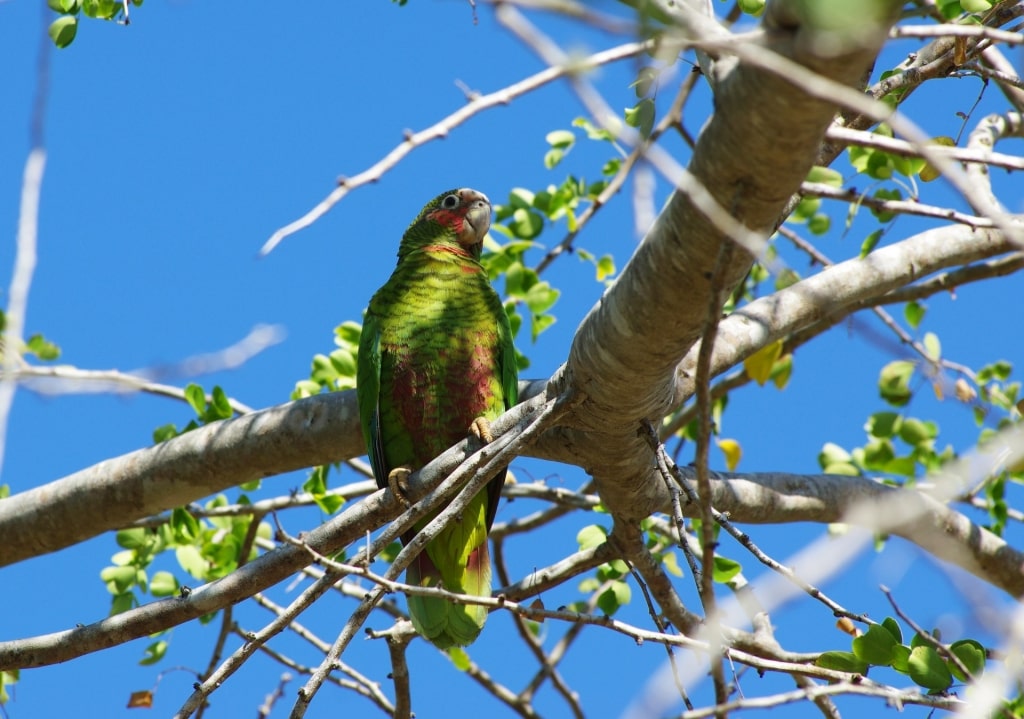
Cayman parrot
There is no fresh water on the Caymans (all its drinking water comes from desalination), so this reserve also helps protect the island’s reefs by stopping rainfall run-off. Bird lovers will enjoy the chance to see many colorful species, such as the Cayman parrot or West Indies woodpecker.
The vegetation in turn hosts a wide range of insects, including rarities such as the world’s smallest butterfly, the pygmy blue. This was thought to be extinct here until rediscovered in 2002.
Touch History at Pedro St. James
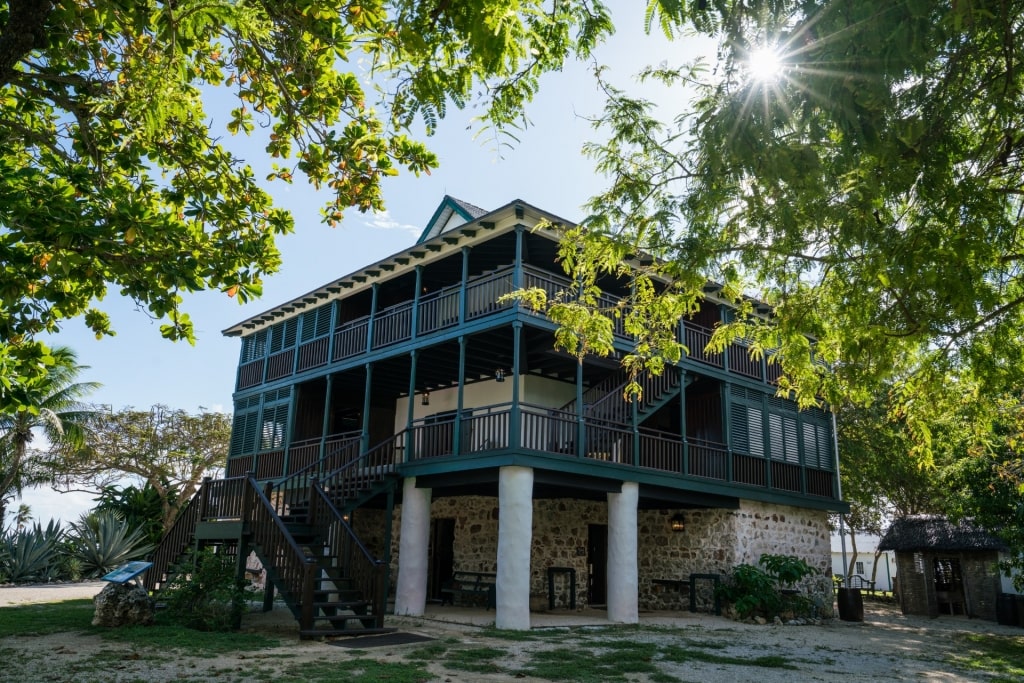
Pedro St. James
“Pedro Castle” (as it is known locally) is the oldest stone building in the Cayman Islands. Built by slave labor by English sugar baron William Eden in 1780, the three-story mansion has seen much tragedy and history since.
In 1831, it’s where the residents of the Cayman Islands first elected the islands’ own government. Four years later, it was the place from which the abolition of slavery was announced.
In 1877, a lightning strike on the house killed Eden’s daughter, Mary Jane, and it was abandoned. It has been rebuilt and burnt down several since then, with some $8 million spent on a major restoration in 1996.
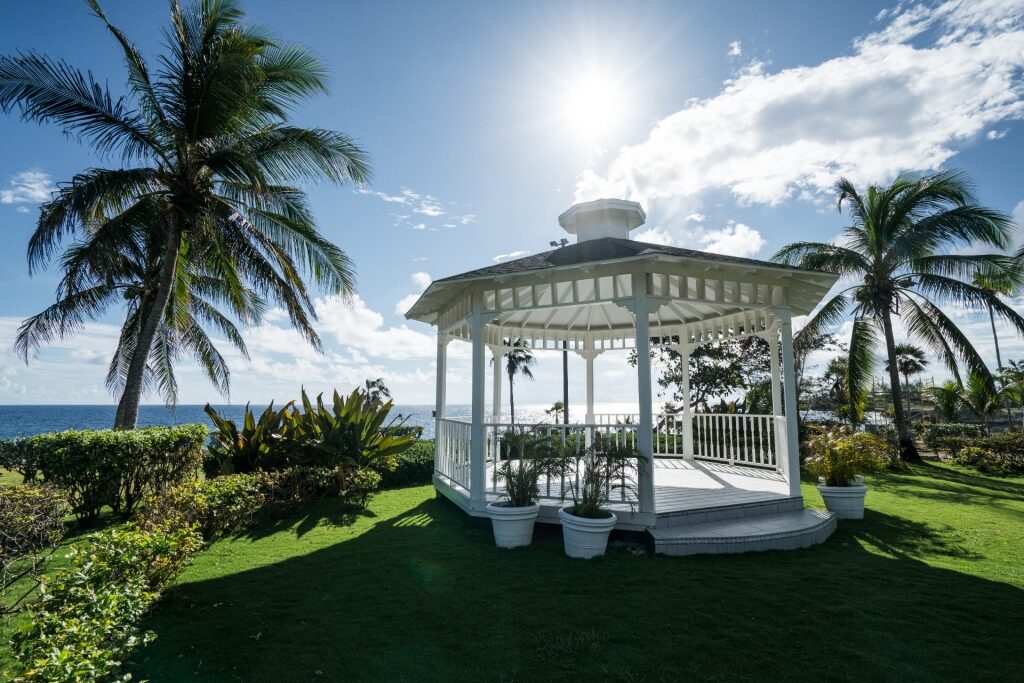
Pedro St. James
Now carefully restored to much of its former grandeur, the building is a National Historic Site. As well as the house itself, an architectural gem, there is a lovely tropical garden with great views, making it one of the best Caribbean wedding destinations.
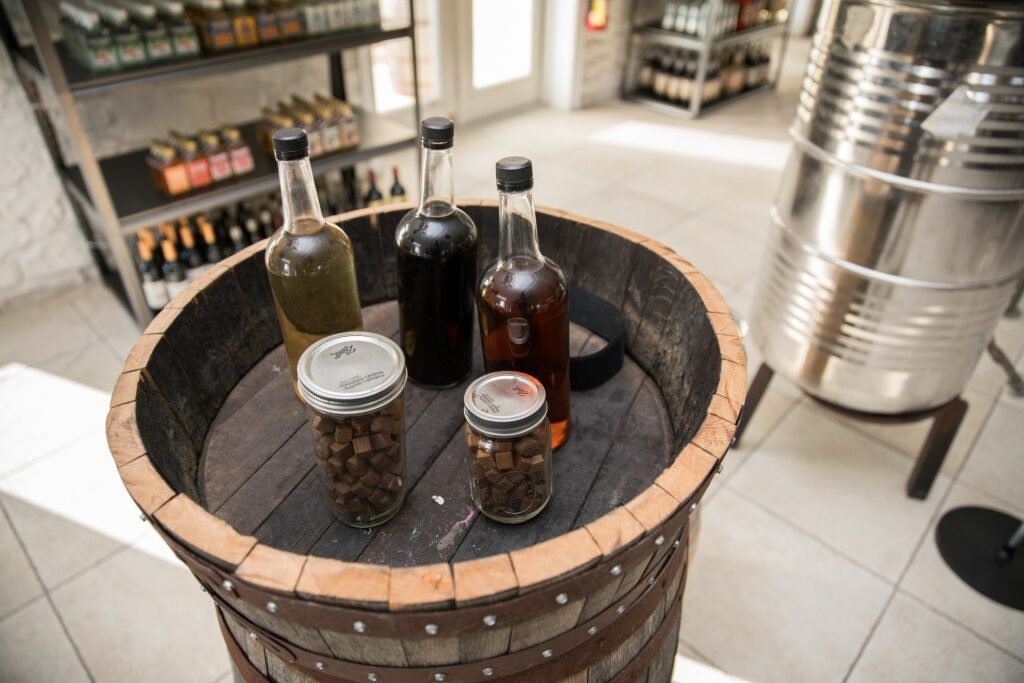
Rum tasting in Pedro St. James
As well as the house and grounds, visitors can enjoy rum tasting and a multi-sensory history of Pedro St. James and the islands. The Stamp Room also shows off some colorful and historic Cayman stamps.
See a Blue Iguana at Queen Elizabeth II Botanic Park
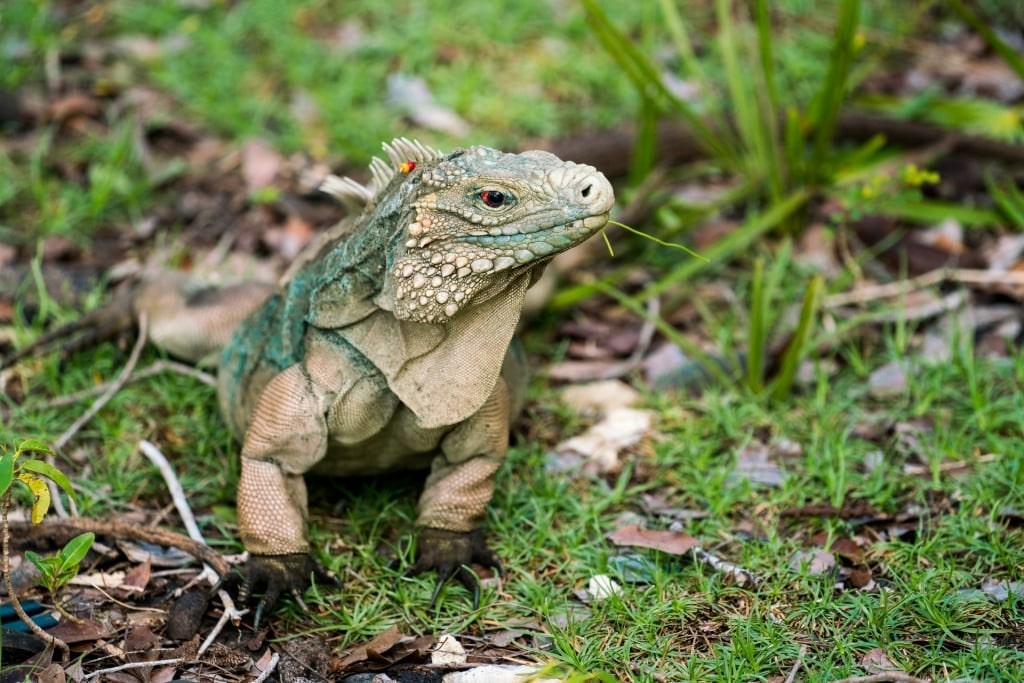
Blue iguana
Opened by the Queen herself in 1994, this park is much more than a botanic garden. As well as gardens, it has a lake and wetlands, a woodland trial, and the Blue Iguana Conservation Facility.
Found only on Grand Cayman, the blue iguana was almost extinct by 2005, thanks to deaths by cats, dogs, rats, and cars. Its natural habitat was also drastically reduced by the booming island economy, but this center has brought the reptile back from the brink.
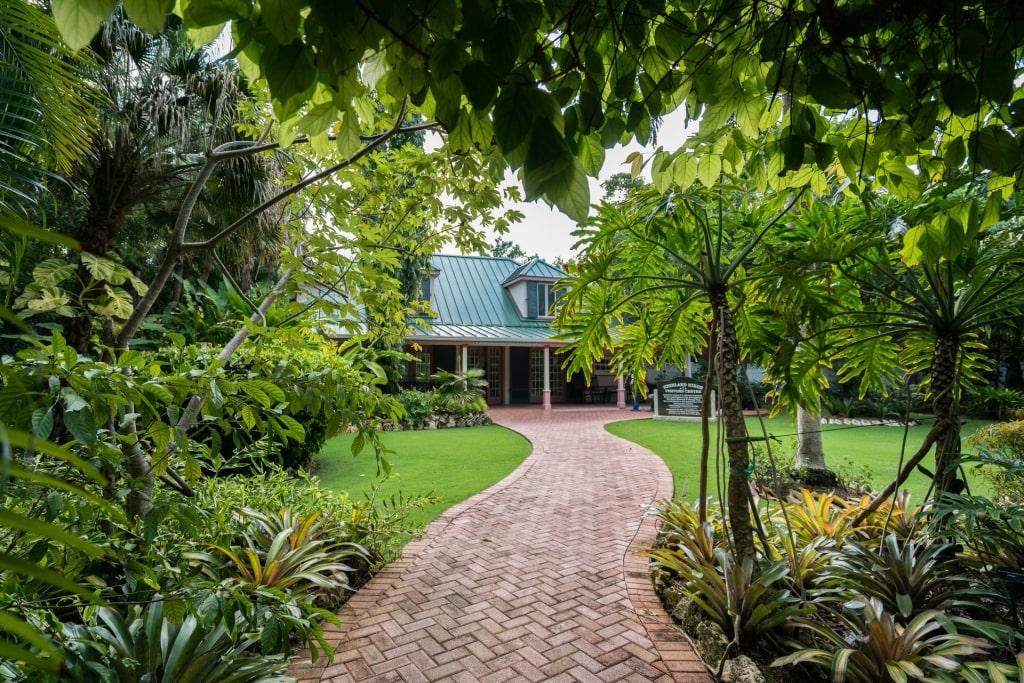
Queen Elizabeth II Botanic Park
A breeding program has now released hundreds of blue iguanas back into the wild. Even these have to be protected because with no natural predators on the island, they never evolved enough aggression to ward off threats.
A traditional Caymanian home at the park is also a fascinating sight, with a garden filled with medicinal plants. It gives an idea of how early settlers lived on the island.
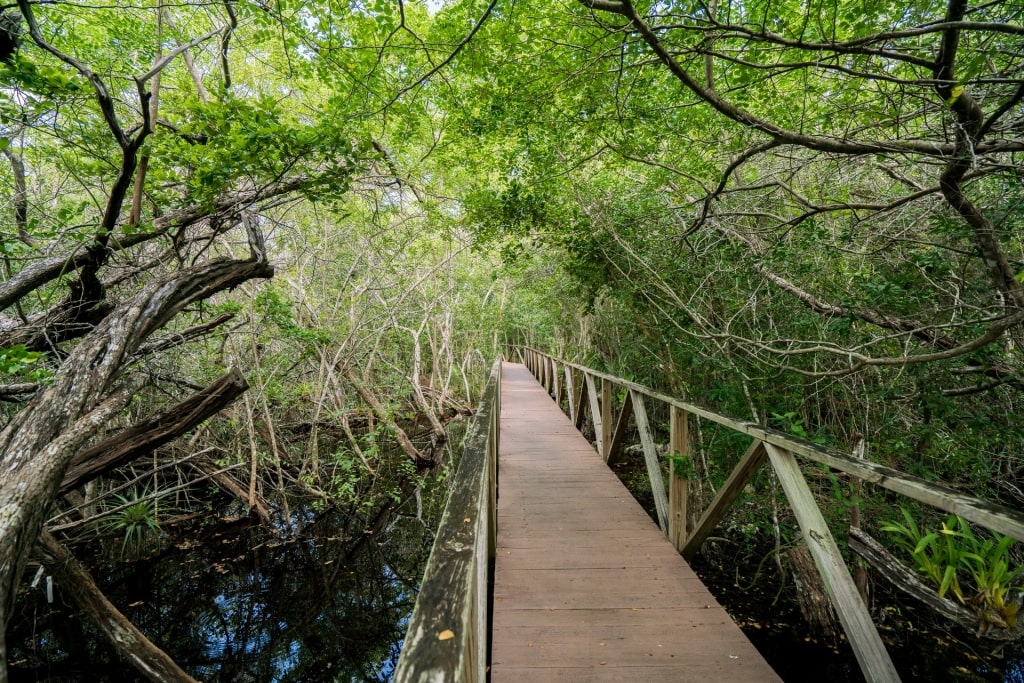
Queen Elizabeth II Botanic Park
A mile-long woodland trail and lake will introduce you to many indigenous plant species. Bird-lovers will also want to see the many species found in the varied landscapes here.
Snorkel in Paradise
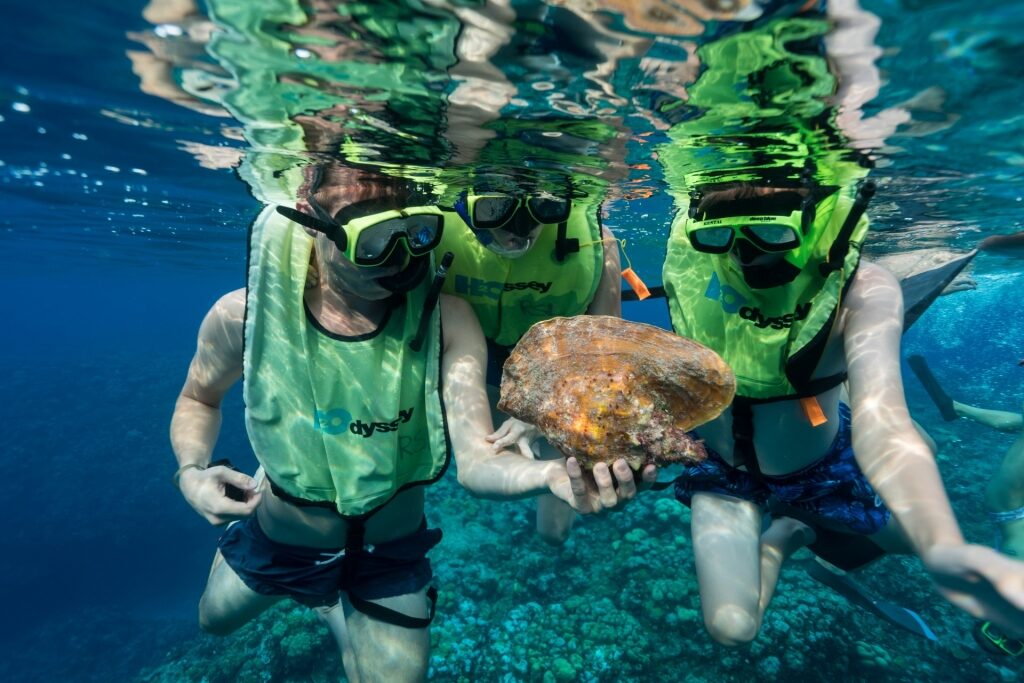
Snorkeling in Grand Cayman
With no rivers bringing sediment into the water, the seas off Grand Cayman have visibility up to 150 feet. With wonderful coral, and beautiful sea life, it’s worth getting in the water to experience just how magical that is.
You can’t go too far wrong when every beach has good swimming and snorkeling in Grand Cayman. At Paradise in George Town, however, you can snorkel right in town.
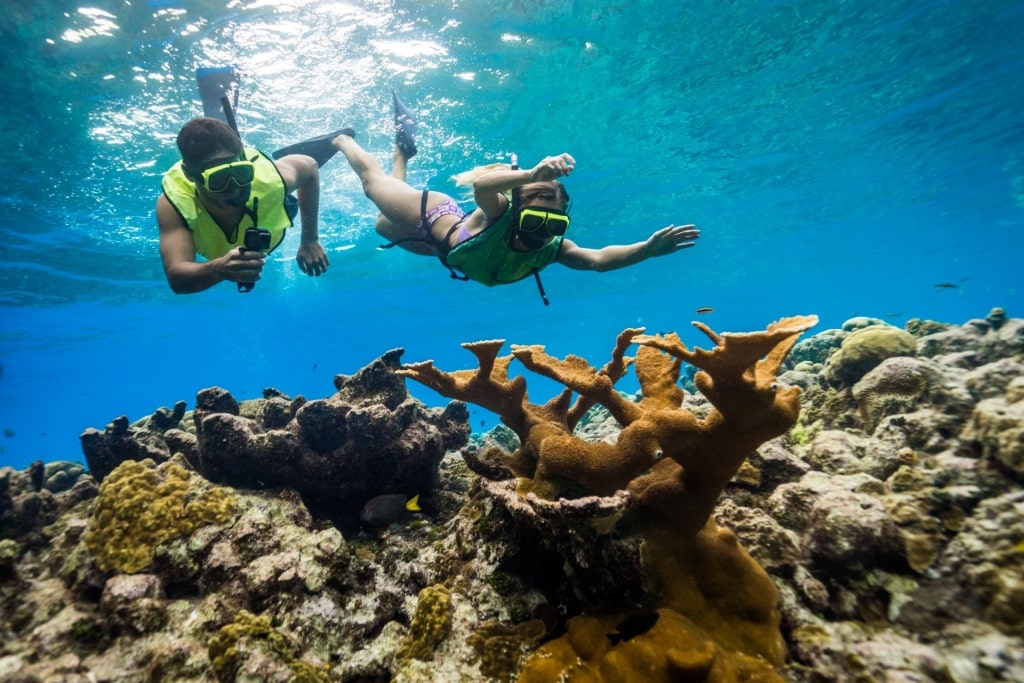
Snorkeling in Grand Cayman
This dive shop has evolved over the years and added a popular restaurant as well. From here, you walk down steps into shallow waters and swim out to Paradise Reef amid shoals of fish.
Divers can enjoy the drop-off at the reef—screened with safety buoys—but snorkelers have just as much fun in the shallows. Rent all the equipment you need, or bring your own.
Read: Best Snorkeling in the Caribbean
Eat Cake at Tortuga Rum Centre
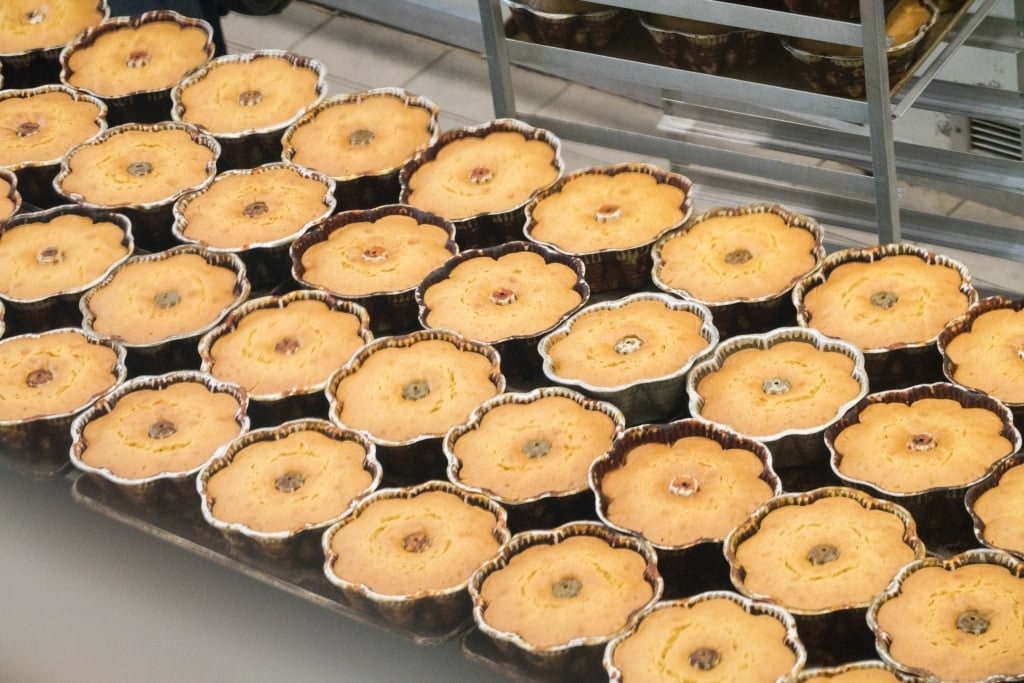
Tortuga Rum cakes
Columbus brought sugarcane to the West Indies in 1493 and it wasn’t long before rum was being made: the New World’s first distilled alcohol. By investigating its origins here, you can tell yourself that you’re actually studying history.
Tortuga Rum Centre was the first to make rum in the Cayman Islands, the brainchild of former Cayman Airways employees Robert and Carlene Hamaty. But the business really took off when it launched the Tortuga Caribbean Rum Cake, a now-famous Cayman Islands delicacy, based on one of Carlene’s family recipes.
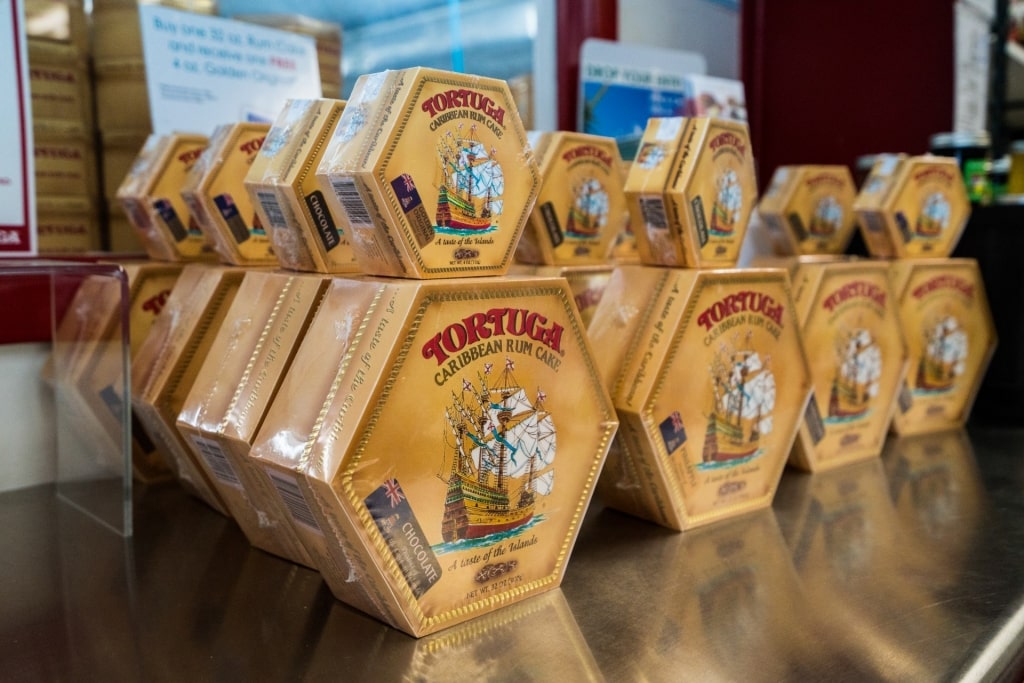
Tortuga Rum Centre
If you have never tasted this, you are in for a real treat as the moist cake is seriously addictive. It’s now exported all over the world, but Cayman remains the product’s spiritual home and a visit to where it all began is one of the most popular things to do on Grand Cayman.
As well as finding out about the making of Caribbean rum and rum cakes—and tasting them—this is also a place to buy some really hot sauces. Pepper, jerk, and mango & ginger sauces will add some Caribbean heat to any dish.
Go to Hell
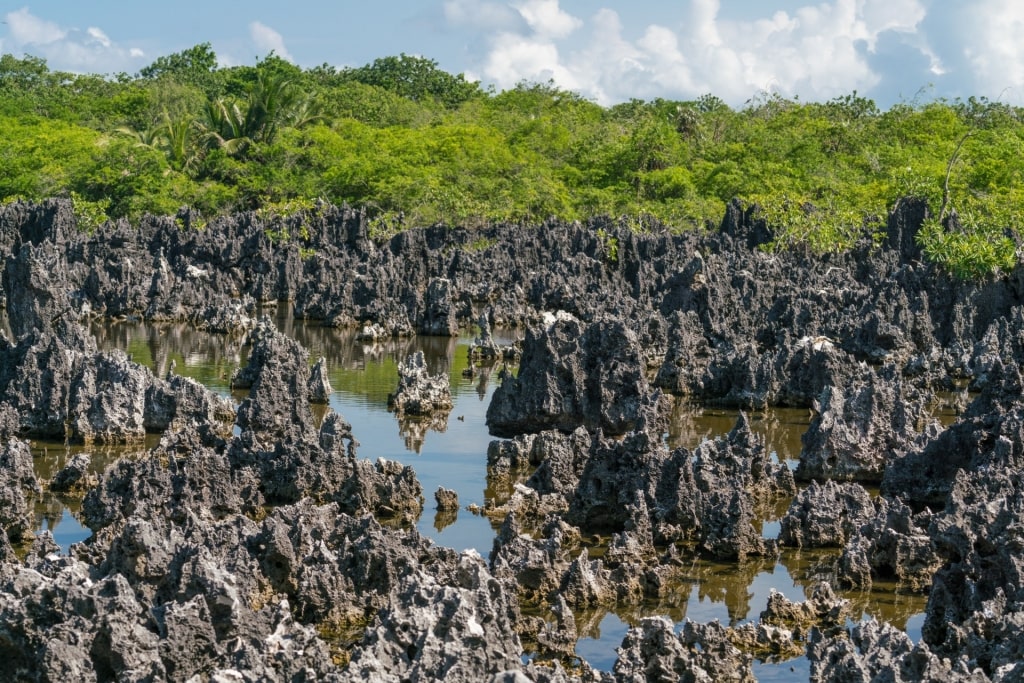
Hell
This small area of sinister limestone formations is appropriately named. The jagged pinnacles of rock are weathered into pits and hollows and covered with black algae.
The surrounding green tropical vegetation makes the contrast even greater. You can’t walk on the rock, but a boardwalk gives you a great view—and stops your soles burning in Hell, as it were.
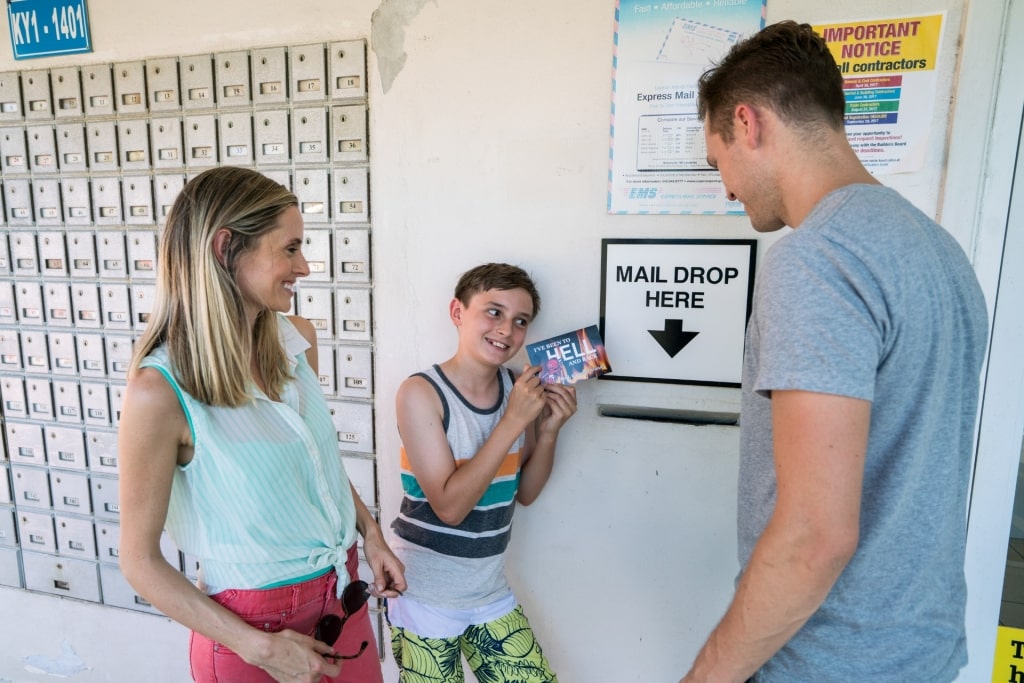
Hell
The main reason to come here, apart from the unusual geology, is to send a postcard from Hell. The Hell Post Office will sell you the cards and stamps, and outgoing mail is postmarked “Hell”.
Explore the Underwater World
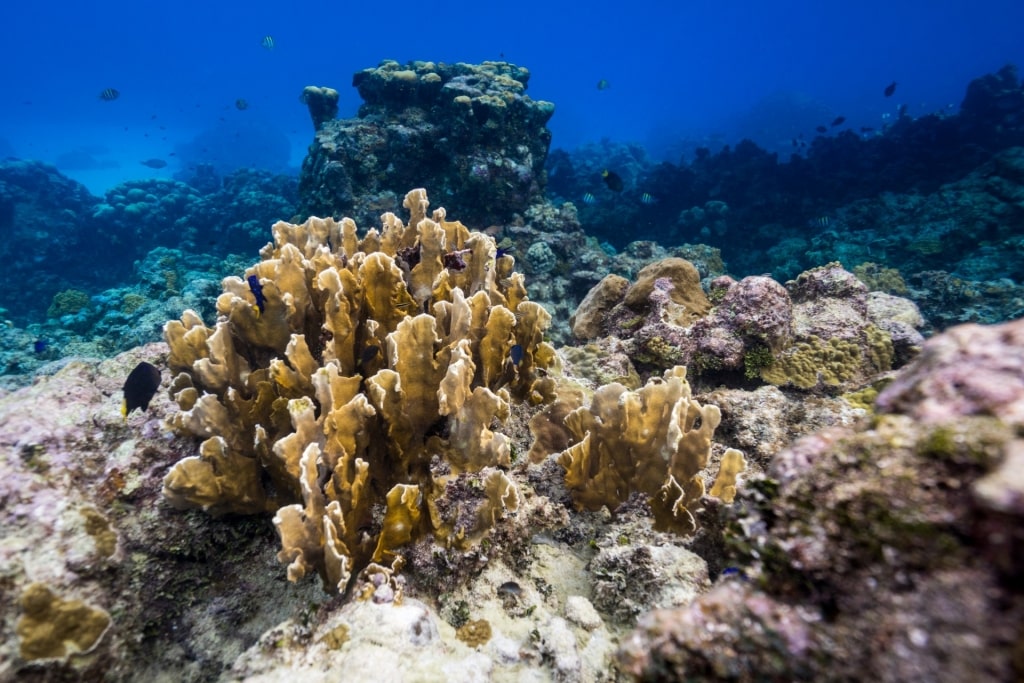
Marine life in Grand Cayman
To divers, one of the best Grand Cayman attractions is the fact that there are almost 250 different dive sites around the island, and some of the clearest water in the world.
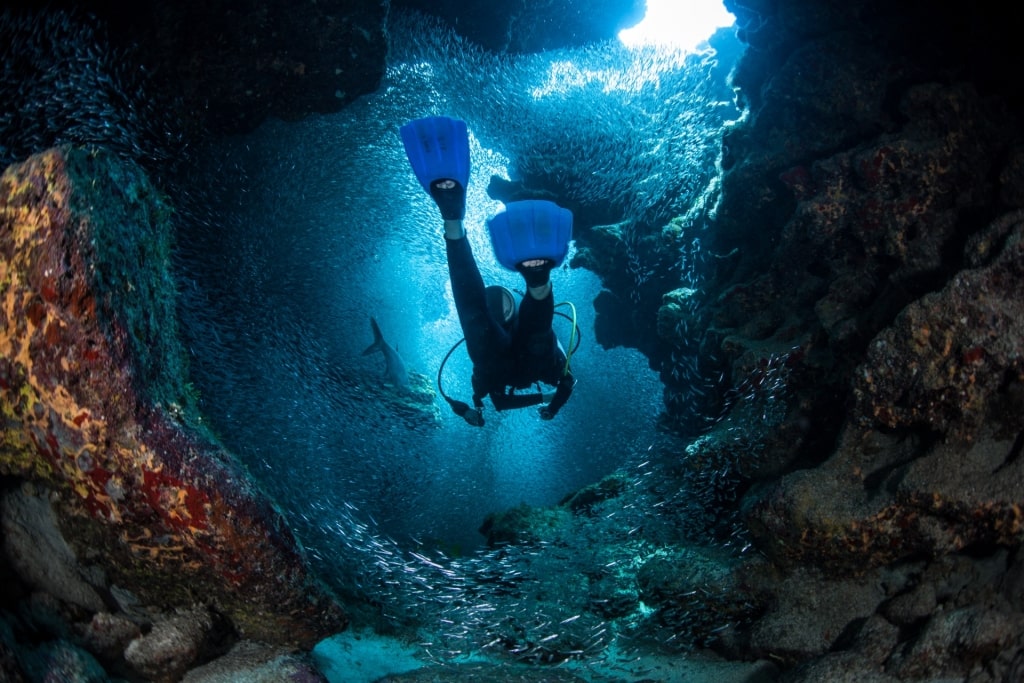
Devil’s Grotto
These sites include some of the best in the Caribbean, including the spectacular Devil’s Grotto off George Town—one of the best spots for scuba diving in the Caribbean—noted for its teeming marine life and ethereal lighting.
There are also more unusual dives, such as the nine-foot-tall bronze mermaid “Amphitrite” at Sunset Reef, and the sunken USS Kittiwake.
If you are PADI qualified or equivalent, you’ll need no encouragement to try at least one of these. If you’ve never dived before, the very best thing to do in Grand Cayman might be to learn.
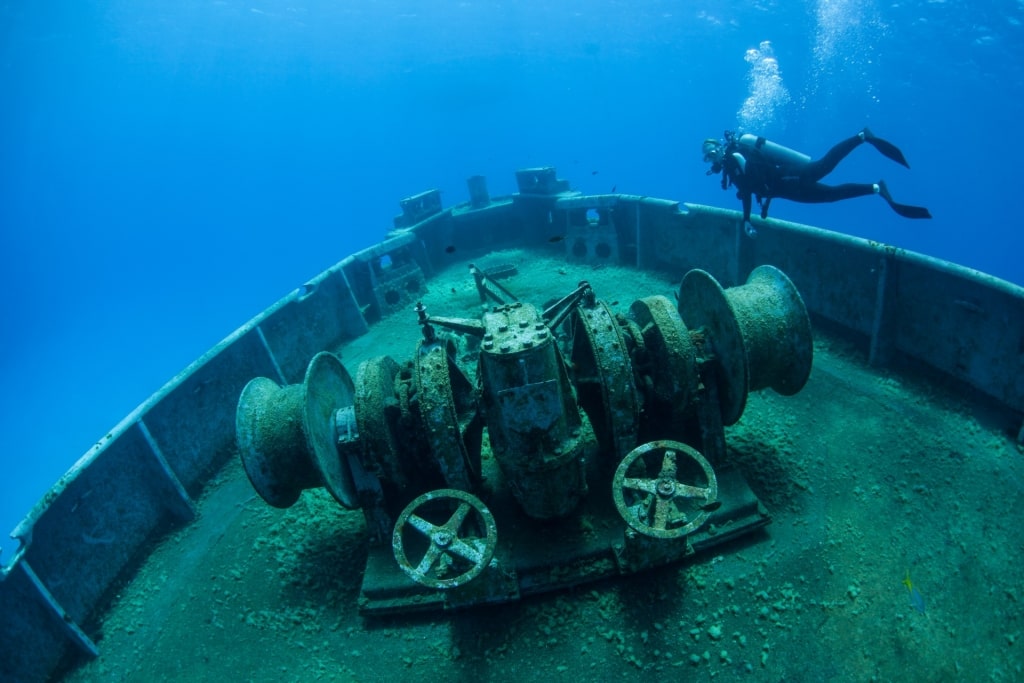
USS Kittiwake
Most dive centers offer an introductory session, where you will experience diving in the open water. After some thorough safety training, you’ll head to a protected area to put your new skills into practice.
The first time you kick off deep underwater, breathing freely, is an unforgettable experience. Swimming with fish alongside you, in crystal-clear water, adds something even more magical to that wonder.
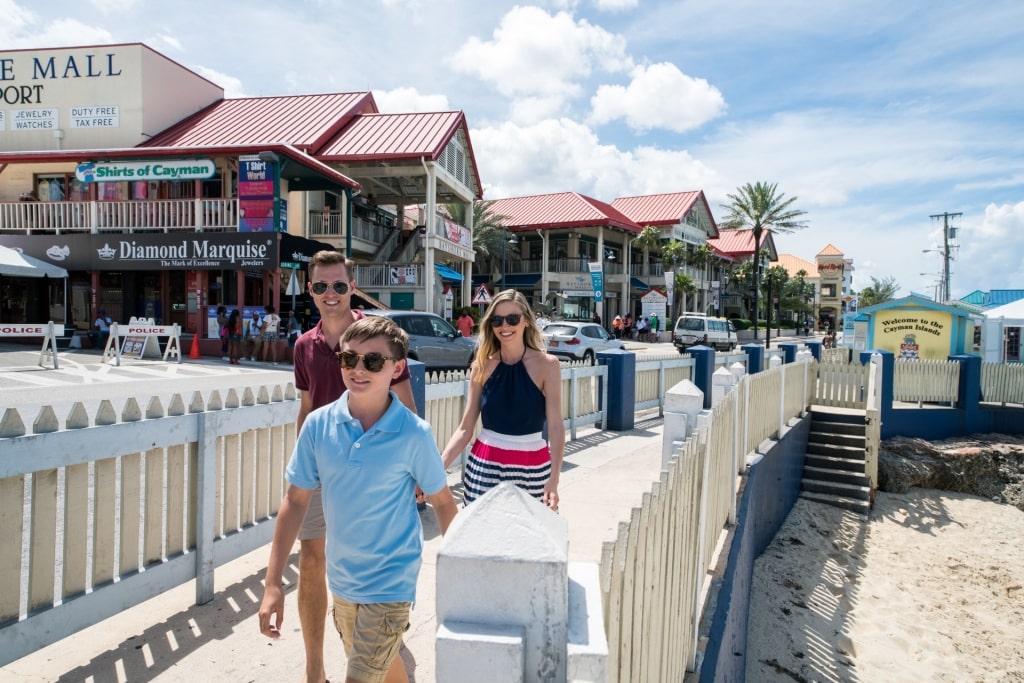
Grand Cayman
Wouldn’t you love to swim in the warm, clear seas off Grand Cayman? If you are inspired to visit this beautiful island, then browse our Grand Cayman cruises to find the perfect itinerary.
